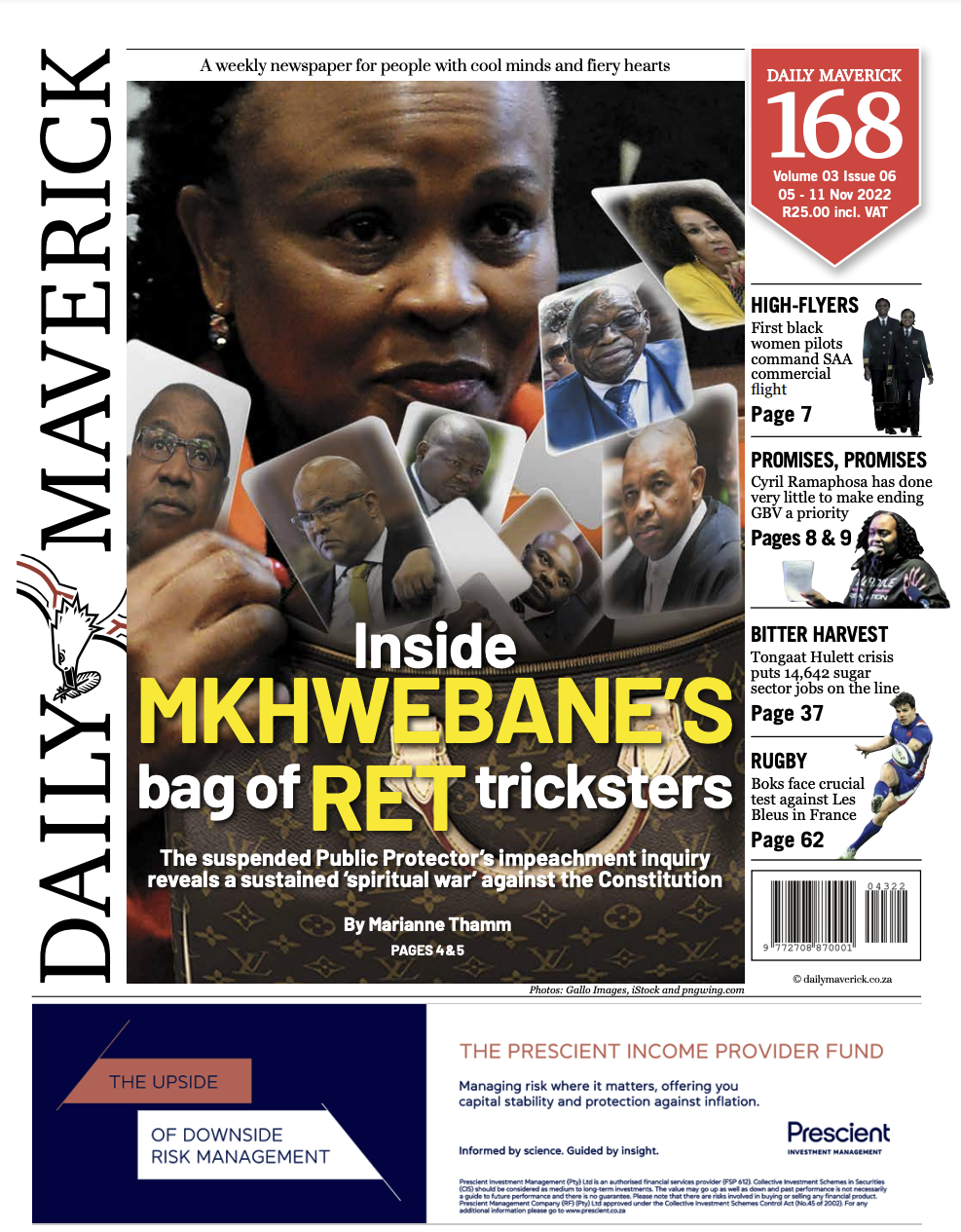ASISA REPORT
SA ‘is nowhere near’ closing the life and disability insurance gap

A recent study shows that South Africa’s 14.3 million income earners had only enough life and disability insurance to cover 45% of the total insurance needs of their households. And the average South African household would be forced to cut living expenses should the earner die or become disabled, and no other source of income could be found.
The life insurance and disability gap of employed South Africans only “marginally” widened to R34.3-trillion by the end of December 2021, according to the 2022 Life and Disability Insurance Gap Study released by the Association for Savings and Investment South Africa (Asisa) this week.
However, the “marginal” increase is not because more people are insured, but rather because the number of employed citizens fell from 15.6 million earners at the end of 2018 to 14.3 million at the end of 2021. This means 1.3 million people stopped earning an income.
Hennie de Villiers, deputy chair of the Asisa Life and Risk Board Committee, says the combined insurance requirement of South African households amounted to an estimated R62.9-trillion at the end of December 2021.
With total cover in place of only R28.6-trillion, the total insurance gap amounted to R34.3-trillion.
To put that number into perspective: the consolidated government expenditure for the 2022/23 financial year is R2.16-trillion, of which R1.3-trillion is allocated to social spending. This means that the insurance gap of R34.3-trillion exceeds the National Budget by around 15 times and government’s social spending by more than 26 times.
The average South African income earner had a life insurance shortfall of at least R1-million and a disability cover gap of around R1.4-million at the end of December 2021.
The study shows that South Africa’s 14.3 million income earners had only enough life and disability insurance to cover 45% of the total insurance needs of their households. The average South African household supported by at least one income earner would, therefore, be forced to cut living expenses should the earner die or become disabled, and no other source of income can be found.
The life and disability insurance gap is estimated every three years by Asisa in partnership with True South Actuaries & Consultants.
The insurance gap is defined as the difference between life and disability insurance cover in place, and the actual amount required by households to maintain the same standard of living after the death or permanent disability of an income earner.
The insurance need excludes immediate expenses related to the risk event such as funeral costs, medical costs and the cost of adapting a home and car for the needs of a disabled person.
De Villiers adds that, in addition to the significant job losses, the Covid pandemic highlighted the importance of having risk cover in place. During this period, many life insurers paid the highest number of claims in their history.
Visit Daily Maverick’s home page for more news, analysis and investigations
Carol Mazaka, consumer director at 1Life Insurance, verifies this: “1Life stats show an increase in all types of financial protection products across the board, including medical aid, provident fund, funeral, life insurance and income protection in the last year, with 50% of consumers now ensuring they keep up with their premiums.
“Further to that, about 42% of consumers have chosen to adjust their life/funeral cover in the past year to ensure financial security for their families, should something happen,” she says.
According to De Villiers, close to 2 million (1,985,303) death claims were received and benefits of R120.5-billion were paid out in the two years from 1 April 2020 to 31 March 2022.
“While these payments undoubtedly assisted to ease the financial burden brought about by such a tragic event, the gap study demonstrates that in many instances the payment would not have been sufficient.
“Many families probably had to make difficult financial adjustments during a time when they also had to deal with the loss of a loved one.”
In 2021, life insurers noticed an increased uptake of new risk policies by consumers and a drop in the policy lapse rate for the first time in many years, notes De Villiers.
“But unfortunately, as this study highlights, we are nowhere near closing the life and disability insurance gap.”
According to De Villiers, the 2022 Gap Study shows an average annual growth of 5.5% in life cover over the three years to the end of December 2021, while disability cover increased by 2% per annum.
“Insurance represents a grudge purchase for many earners as there are no immediate tangible returns for the money spent. Younger people especially tend to think that death and disability affect only older people, and therefore they are less likely to spend their hard-earned money on insurance premiums.”
WS Nel, actuarial research lead at True South Actuaries and Consultants, says it is estimated that in 2022, more than 142,000 income earners will die and about 47,000 income earners will become disabled.
According to Nel, the average earner would need to spend an additional 4.5% of their monthly pretax income to purchase adequate life insurance.
However, without adequate life cover in place, the average family would be forced to generate an additional monthly income of R5,630 to maintain their standard of living following the loss of an income earner – or alternatively reduce household expenditure by 30%.
Nel says the disability of an income earner would force the average family to generate an additional monthly income of R7,443 to maintain their standard of living, or alternatively reduce household expenditure by 33%.
Closing the gap, on the other hand, would cost the income earner an additional 2.6% of their pretax monthly income.
“The additional income required by a household following the permanent disability of a breadwinner is higher than when an income earner dies, because the disabled family member still incurs expenses until retirement,” explains Nel.
He adds, however, that the cost of buying additional cover is generally lower because disability insurance is cheaper than life cover. DM168
This story first appeared in our weekly Daily Maverick 168 newspaper, which is available countrywide for R25.



















Comments - Please login in order to comment.